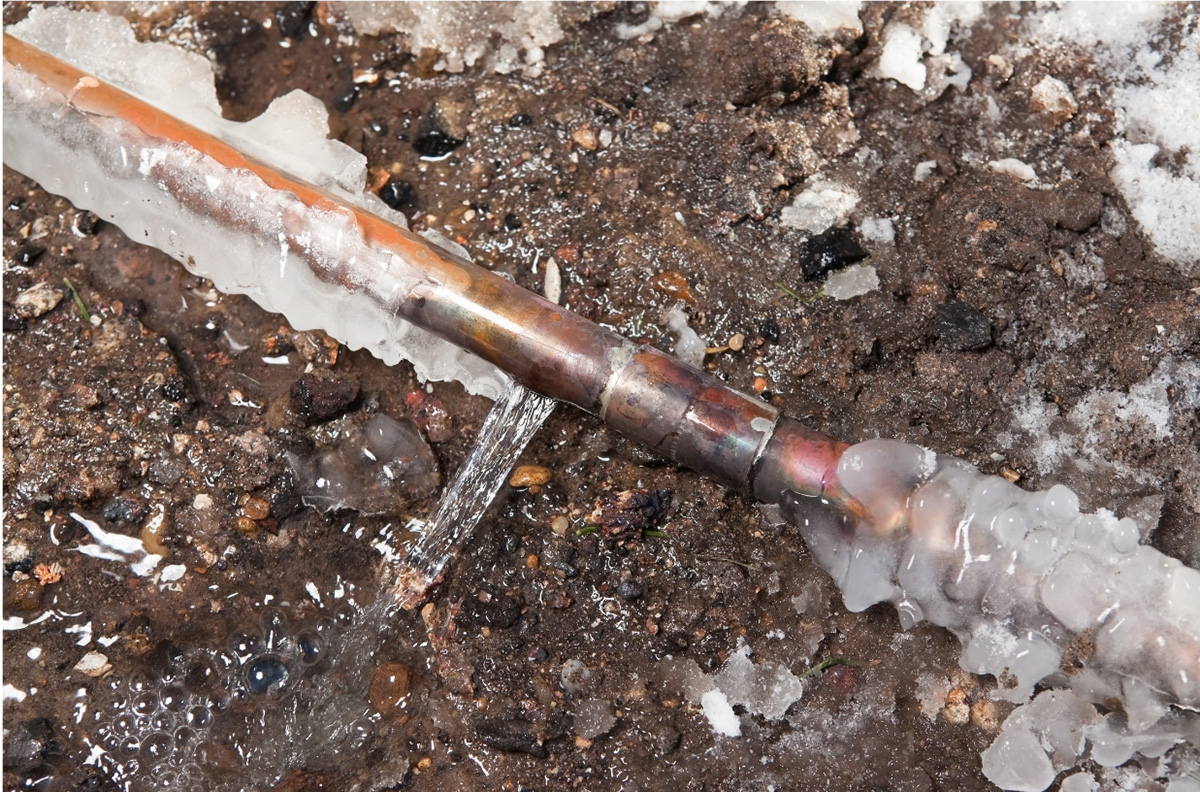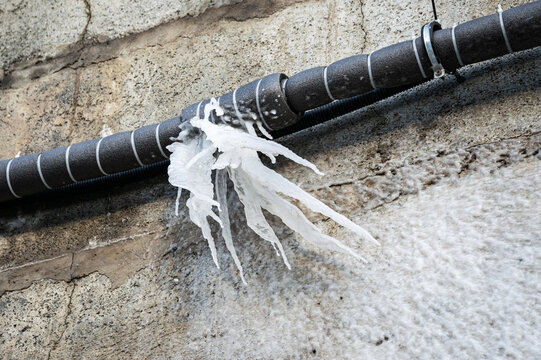How do you really feel when it comes to How To Avoid Freezing Pipes?

Cold weather can wreak havoc on your plumbing, especially by freezing pipes. Right here's exactly how to avoid it from occurring and what to do if it does.
Introduction
As temperatures drop, the threat of icy pipelines boosts, potentially leading to pricey fixings and water damages. Comprehending how to stop frozen pipes is critical for house owners in chilly environments.
Comprehending Frozen Pipelines
What causes pipelines to freeze?
Pipelines freeze when revealed to temperatures listed below 32 ° F (0 ° C) for expanded durations. As water inside the pipelines freezes, it expands, putting pressure on the pipe wall surfaces and potentially triggering them to burst.
Dangers and problems
Icy pipes can cause water supply interruptions, home damages, and expensive repair work. Burst pipes can flood homes and trigger considerable architectural damages.
Indicators of Frozen Pipes
Identifying frozen pipelines early can stop them from breaking.
Just how to recognize icy pipes
Search for reduced water flow from faucets, unusual smells or sounds from pipes, and visible frost on revealed pipelines.
Prevention Tips
Insulating at risk pipes
Wrap pipelines in insulation sleeves or use heat tape to safeguard them from freezing temperatures. Concentrate on pipes in unheated or exterior areas of the home.
Heating methods
Keep interior spaces effectively heated up, particularly locations with pipes. Open up cupboard doors to permit warm air to flow around pipes under sinks.
Securing Exterior Plumbing
Yard hose pipes and outdoor faucets
Disconnect and drain pipes garden tubes before winter months. Set up frost-proof faucets or cover exterior taps with insulated caps.
What to Do If Your Pipes Freeze
Immediate actions to take
If you think frozen pipes, keep faucets open up to ease stress as the ice thaws. Utilize a hairdryer or towels taken in hot water to thaw pipelines gradually.
Long-Term Solutions
Structural modifications
Consider rerouting pipes away from outside wall surfaces or unheated locations. Include additional insulation to attics, cellars, and crawl spaces.
Updating insulation
Purchase top notch insulation for pipes, attics, and wall surfaces. Proper insulation aids keep constant temperature levels and minimizes the risk of icy pipes.
Verdict
Stopping frozen pipelines requires positive measures and quick feedbacks. By comprehending the reasons, signs, and safety nets, homeowners can safeguard their pipes throughout cold weather.
5 Ways to Prevent Frozen Pipes
Drain Outdoor Faucets and Disconnect Hoses
First, close the shut-off valve that controls the flow of water in the pipe to your outdoor faucet. Then, head outside to disconnect and drain your hose and open the outdoor faucet to allow the water to completely drain out of the line. Turn off the faucet when done. Finally, head back to the shut-off valve and drain the remaining water inside the pipe into a bucket or container. Additionally, if you have a home irrigation system, you should consider hiring an expert to clear the system of water each year.
Insulate Pipes
One of the best and most cost-effective methods for preventing frozen water pipes is to wrap your pipes with insulation. This is especially important for areas in your home that aren’t exposed to heat, such as an attic. We suggest using foam sleeves, which can typically be found at your local hardware store.
Keep Heat Running at 65
Your pipes are located inside your walls, and the temperature there is much colder than the rest of the house. To prevent your pipes from freezing, The Insurance Information Institute suggests that you keep your home heated to at least 65 degrees, even when traveling. You may want to invest in smart devices that can keep an eye on the temperature in your home while you’re away.
Leave Water Dripping
Moving water — even a small trickle — can prevent ice from forming inside your pipes. When freezing temps are imminent, start a drip of water from all faucets that serve exposed pipes. Leaving a few faucets running will also help relieve pressure inside the pipes and help prevent a rupture if the water inside freezes.
Open Cupboard Doors
Warm your kitchen and bathroom pipes by opening cupboards and vanities. You should also leave your interior doors ajar to help warm air circulate evenly throughout your home.

I'm just very inquisitive about Helpful Tips to Prevent Frozen Pipes this Winter and I am assuming you enjoyed the entire blog post. Sharing is caring. Helping people is fun. I treasure your readership.
Visit Link
Comments on “Safeguarding Your Pipes from Cold Weather Issues: Key Strategies”